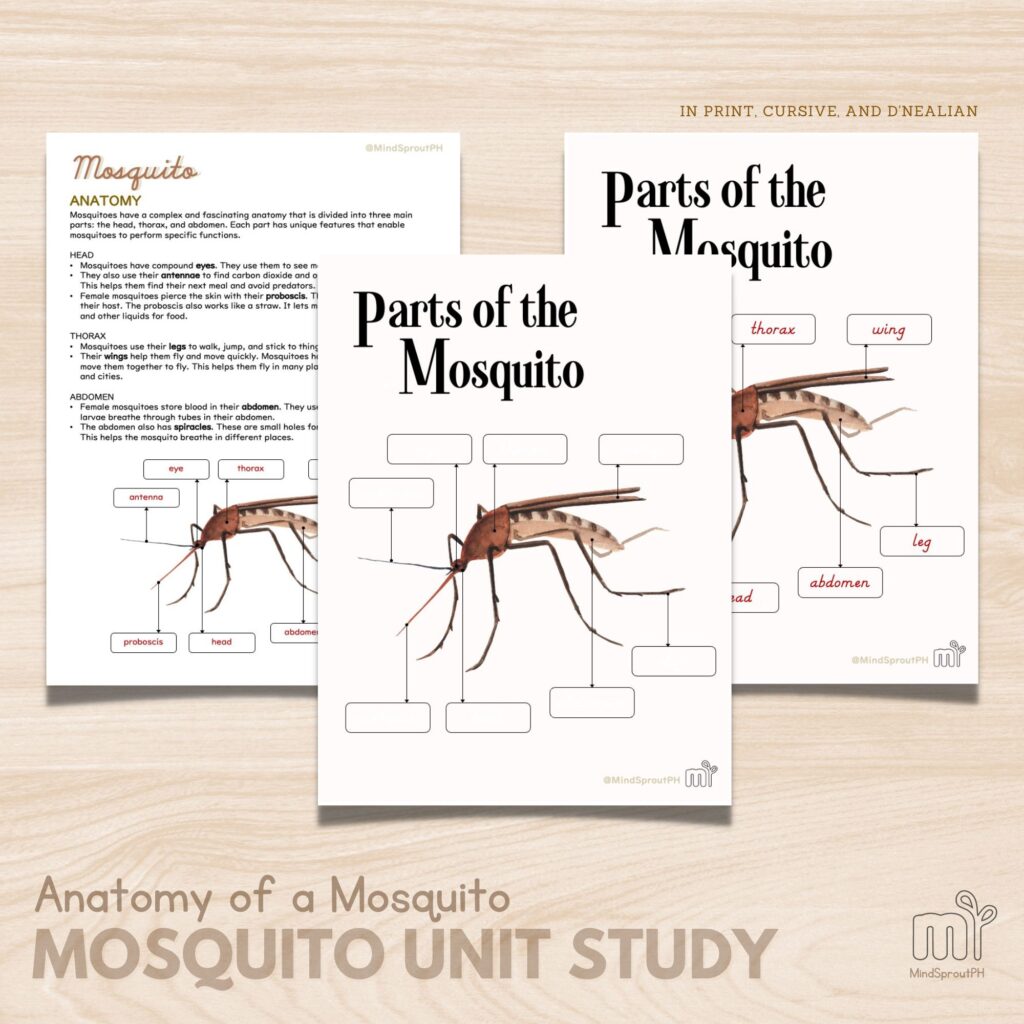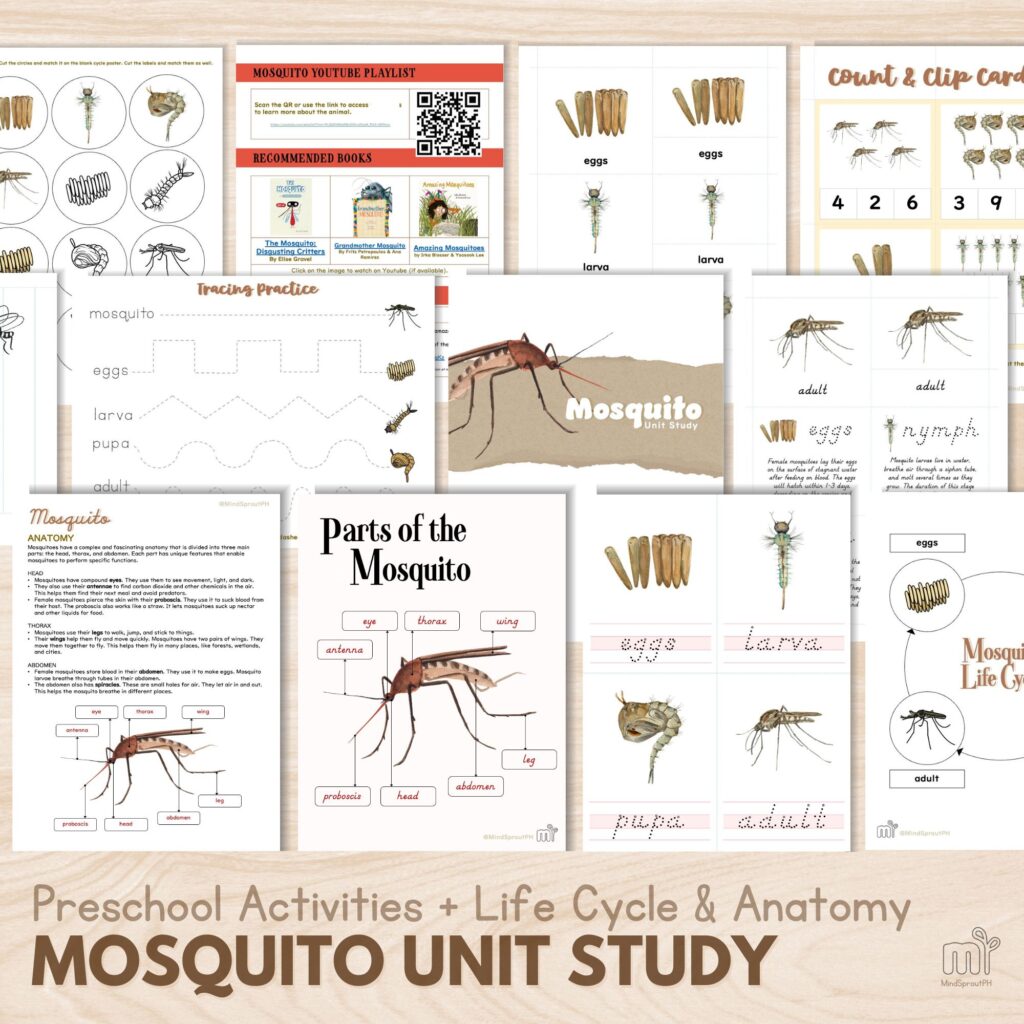Mosquitoes are fascinating insects that are found all over the world. They are known for their ability to suck blood and transmit diseases, but they also have unique features that help them survive and thrive in different environments.
Classification of Mosquitoes
There are over 3,500 species of mosquitoes in the world, and they belong to the family Culicidae. They are divided into two subfamilies: Anophelinae and Culicinae. The Anophelinae subfamily contains the mosquitoes that are responsible for transmitting malaria. The Culicinae subfamily includes the mosquitoes that transmit other diseases such as dengue, Zika, and yellow fever.
Diseases Transmitted by Mosquitoes
Mosquitoes are notorious for transmitting numerous diseases, many of which can be debilitating or even deadly. Among the most common diseases transmitted by mosquitoes are malaria, dengue, Zika, chikungunya, yellow fever, and West Nile virus. However, there are other diseases that can also be transmitted, such as Rift Valley fever, Japanese encephalitis, and Eastern equine encephalitis, among others.
It is important to note that mosquitoes do not create the disease themselves, but rather act as vectors for the transmission of parasites or viruses. When a mosquito feeds on an infected person or animal, it can pick up the pathogen and then transmit it to another person or animal when it feeds again. This process can happen quickly and efficiently, making it critical to take measures to prevent mosquito bites and control mosquito populations in areas where they pose a threat.
Diet of Mosquitoes
Both male and female mosquitoes feed on nectar and other plant juices. However, female mosquitoes also feed on blood to obtain the protein they need to develop their eggs. Male mosquitoes do not feed on blood.
In addition to their blood and nectar diet, mosquitoes also feed on plant sap. They use their proboscis to pierce plant tissues and extract the sap. This feeding behavior can damage plants and affect their growth and reproduction.
Behavior and Habitat of Mosquitoes
Mosquitoes are most active during dawn and dusk, but some species are active during the day. They are attracted to humans and animals by the carbon dioxide and other chemicals we emit.
Mosquitoes lay their eggs in standing water, like ponds, lakes, and even in small containers like flower vases or discarded tires. They can also lay their eggs in soil that is moist or flooded.
Life cycle of Mosquitoes
Mosquitoes have four stages in their life cycle: egg, larva, pupa, and adult. The time each stage takes depends on the mosquito type and environment. Female mosquitoes lay eggs on still water, which hatch in 1-3 days. Larvae eat small organisms while pupae transform into adult mosquitoes within 1-4 days. Adult mosquitoes mate, feed on blood to produce eggs, and restart the cycle.

Egg stage
Female mosquitoes lay their eggs on the surface of stagnant water after feeding on blood. The eggs will hatch within 1-3 days, depending on the species and environmental conditions.
Larva stage
Mosquito larvae live in water and feed on microorganisms. They breathe air through a siphon tube located at the surface of the water. Larvae molt several times as they grow, and the duration of this stage varies based on the species and environmental conditions.
Pupa stage
After the larvae have molted for the final time, they enter the pupal stage. During this stage, they do not feed and are relatively inactive. They develop into adults within 1-4 days, again depending on the species and environmental conditions.
Adult stage
Once the mosquito has fully developed, it emerges from the pupal case and flies away. The adult mosquito will mate and feed on blood to produce eggs, starting the life cycle anew.
Anatomy of Mosquitoes
Mosquitoes have a complex and fascinating anatomy that is divided into three main parts: the head, thorax, and abdomen. Each part has unique features that enable mosquitoes to perform specific functions.

Head
- Mosquitoes have compound eyes. They use them to see movement, light, and dark.
- They also use their antennae to find carbon dioxide and other chemicals in the air. This helps them find their next meal and avoid predators.
- Female mosquitoes pierce the skin with their proboscis. They use it to suck blood from their host. The proboscis also works like a straw. It lets mosquitoes suck up nectar and other liquids for food.
Thorax
- Mosquitoes use their legs to walk, jump, and stick to things.
- Their wings help them fly and move quickly. Mosquitoes have two pairs of wings. They move them together to fly. This helps them fly in many places, like forests, wetlands, and cities.
Abdomen
- Female mosquitoes store blood in their abdomen. They use it to make eggs. Mosquito larvae breathe through tubes in their abdomen.
- The abdomen also has spiracles. These are small holes for air. They let air in and out. This helps the mosquito breathe in different places.
Contribution to the Ecosystem
Mosquitoes are an essential part of the ecosystem because they serve as a food source for other animals, such as birds, bats, and fish. Their larvae play a vital role in aquatic ecosystems by filtering organic matter and recycling nutrients.
However, they are also responsible for transmitting diseases like malaria, dengue fever, and Zika virus to humans and animals. It is important to take measures to control mosquito populations, such as removing standing water and using mosquito repellent when necessary.
Book Recommendations about Dragonflies
Here are a few book recommendations for children about dragonflies:
- The Mosquito: Disgusting Critters By Elise Gravel
- Grandmother Mosquito By Fritz Petropoulos & Ana Ramirez
- Amazing Mosquitoes by Irka Blosser & Yoosook Lee
These books provide information about the anatomy, behavior, and life cycle of mosquitoes in a way that is easy for children to understand. They also include fun facts and colorful illustrations that make learning about mosquitoes more engaging and enjoyable.
Find more books and materials useful in knowing more about mosquitoes here.
Supplemental Activity Sheets
MindSprout offers this mosquito unit study that is perfect for children who are curious about these insects. This comprehensive study includes coloring pages, tracing activities, counting exercises, and more. Children will learn about the anatomy and life cycle of mosquitoes in a fun and engaging way with posters, Montessori 4-part cards, and Montessori writing cards. This unit study is suitable for little children and is a great way to spark their curiosity about the natural world.

This is something you’ll get to use for years or for multiple kids of different ages!
What’s Inside the Mosquito Unit Study
The 36-page PDF file with the following in Print, D’nealian, and Cursive:
- Coloring Pages
- Skip Counting Puzzles
- Line Tracing Practice Sheets
- Counting Clip Cards

- Life Cycle Posters (Watercolor style & Blacklines)
- Life Cycle Activities
- Pink Lined Montessori Writing Sheet Cards
- Parts of a Mosquito (Posters with Blanks)
- Parts of a Mosquito
- Links to Recommended Books and Products for this unit study.
FAQs
To help you with preparing these or to help you with your queries, kindly check our FAQs page.


